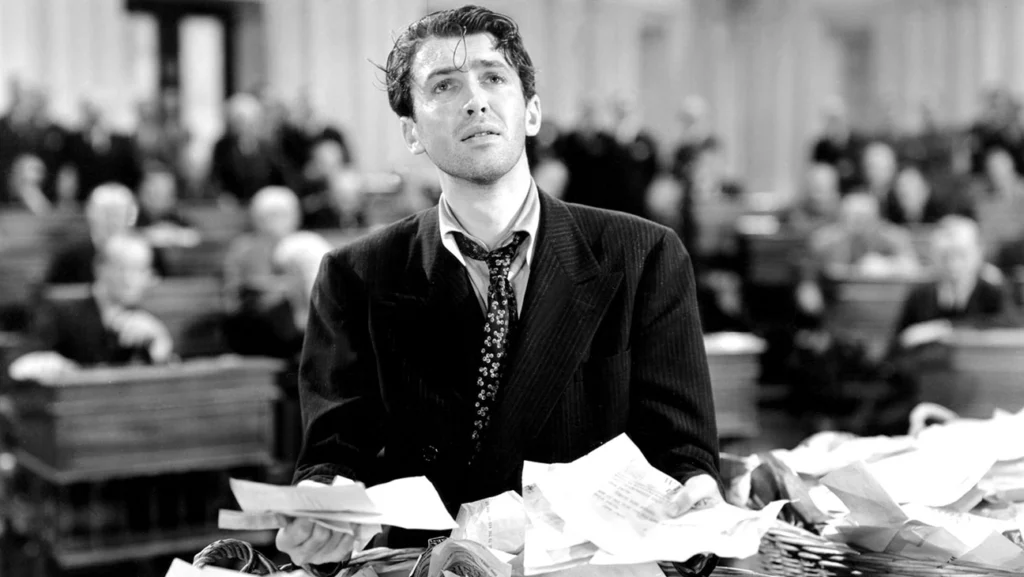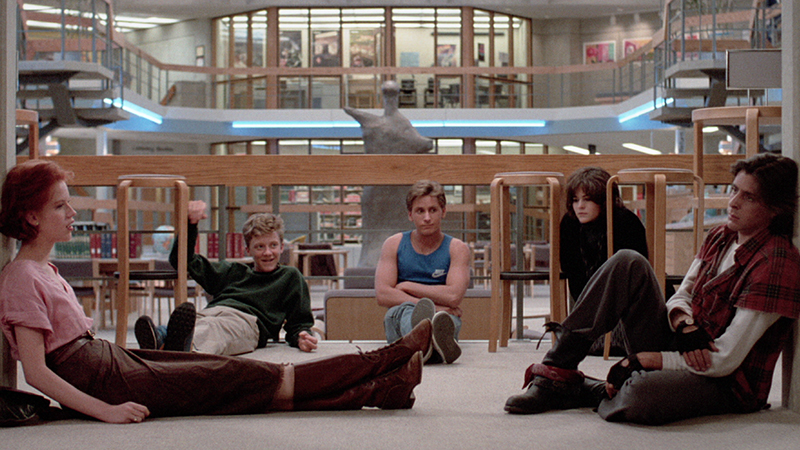When it comes to movies, opinions can vary greatly between different groups of people. Out of the same theater, you’ll have people walking out with a new favorite movie, while others wish they’d spent their afternoon on something different. This divide is often seen between audiences and critics, who sometimes have very different opinions about the same movie. Recent examples include The Last Jedi, which did well with critics but fell flat with audiences, and The Super Mario Bros. Movie, which was setting records with audiences but was not received well by critics.
Audience and critic reviews are both valuable in their own ways. Audience reviews tend to focus on the entertainment value of a film, as well as how relatable and emotionally impactful it is. On the other hand, critic reviews tend to look at the film’s cinematography, writing, directing, and overall artistic merit.
Understanding the divide between audiences and critics is important for filmmakers and movie enthusiasts alike. By knowing why these groups sometimes disagree, it can help us to better appreciate and analyze the movies we watch. So, why exactly do audiences and critics often have different opinions about films?
Different Perspectives and Priorities
Audiences and critics have different perspectives on movies, and these perspectives are shaped by their priorities. Let’s take a closer look at each perspective:
Audience Perspective: Entertainment Value, Relatability, and Emotional Impact
Audiences often watch movies for their entertainment value – were they entertained while watching the movie? They want to have a good time, feel happy or uplifted, or experience a thrilling ride. Additionally, audiences often look for movies that they can relate to, whether it’s because of similar experiences, feelings, or cultural backgrounds. Finally, audiences want movies that move them emotionally, whether it’s through laughter, tears, or a combination of both.
For example, a movie like The Avengers may have a predictable story but have thrilling action sequences and exciting climaxes that appeal to fans. And many Pixar movies are popular with fans of all ages due to their heartwarming endings and relatable characters, even if the movies can be perceived as childish.
Critic Perspective: Cinematography, Writing, Directing, and Overall Artistic Merit
Critics, on the other hand, tend to prioritize the overall artistic merit of the movie. They analyze every aspect of the movie, including the cinematography, writing, directing, and more. For critics, a movie’s value lies in its ability to tell a story and convey ideas in a unique and thought-provoking way. They value movies that are well-made and push the boundaries of the medium.
For example, a movie like Pulp Fiction has generally been a hit with critics due to its fantastic use of non-linear storytelling and unusual dialogue, while audiences have been split on the film. Blade Runner was not a hit with audiences upon release but was adored by critics with one of the reasons being the movie’s great use of cinematography.
While audiences and critics may not always see eye to eye, both perspectives have value. And if you’re interested in film critics or being a film critic, check out our blog all about building a career as a film critic.

The Role of Expectations
Expectations can play a significant role in how audiences and critics perceive a movie. Let’s examine this further:
Personal Preferences
Audiences often go into a movie with certain expectations based on their personal preferences. For example, if someone prefers action movies, they may not enjoy a slow-paced drama, even if it’s critically acclaimed. Similarly, someone who dislikes horror movies may not appreciate the merits of a well-made horror film. Or maybe the trailers and marketing for a movie can create a disconnect between an audience member’s expectations and the movie itself.
This was the case with 2017’s The Mummy, which attempted to reboot the classic series of Universal monster movies from the 1930s, 40s, and 50s. However, the movie ended up being a dark and gritty remake that bombed with audiences. These personal preferences can significantly impact how an audience member views a movie and whether they enjoy it or not.
Critical Analysis
Critics, on the other hand, bring their own expectations and biases to the table. They’re trained to analyze movies critically, so they may have higher expectations of a movie than the average audience member. Additionally, they may be influenced by the reputation of the director or actors involved or compare a movie to other similar movies they’ve seen in the past.
One example is “Bright” (2017), a Netflix original film directed by David Ayer and starring Will Smith. Many critics panned the movie, citing its convoluted plot and heavy-handed social commentary. However, some have pointed out that the negative reviews may have been influenced by preconceived notions about Ayer and Smith, both of whom have had successful careers but have also been involved in some divisive projects in the past. Some critics also compared “Bright” unfavorably to other similar movies, such as “Men in Black” and “Training Day,” which may have further colored their perception of the film. These factors can impact how a critic evaluates a movie and what they consider to be its strengths or weaknesses.
Different expectations can create a divide between audiences and critics, especially if those expectations aren’t met. The same goes for context and bias, which can shape all of our opinions.
The Impact of Context and Bias
Context and bias can also have a significant impact on how audiences and critics perceive movies. Let’s explore these factors in more detail:
Contextual Factors
Contextual factors, such as the time period and historical events, can significantly influence how audiences and critics view movies. For example, a movie that was overshadowed or considered avant-garde in its time may be viewed more favorably years later when times have changed. This was the case with the classic Jimmy Stewart film Mr. Smith Goes to Washington. At the time of release, depictions of congressmen as slimy or corrupt was considered taboo, and the movie initially received some backlash as a result of these themes appearing in the movie.
Another Jimmy Stewart movie with a similar story is It’s a Wonderful Life. At the time of its release, the film’s themes of redemption, sacrifice, and small-town life were not particularly popular, and the movie’s dark portrayal of the struggles of its main character, George Bailey, was considered too bleak and sentimental. However, over the years, the film gained a cult following before becoming a holiday classic.

Personal Bias
Personal bias is another factor that can impact opinions. Everyone has their biases based on their experiences, beliefs, and personal preferences. These biases can impact how they interpret and react to movies. For example, a critic who dislikes a particular actor or genre may be more likely to give a negative review, even if the movie itself is well-made. Audience members make up a wider variety of viewpoints and backgrounds.
Group Bias
Group bias can also shape opinions. For example, a movie that is popular with a particular group, such as teenagers or older adults, might be more highly regarded within that group, even if it’s not critically acclaimed. The Breakfast Club exemplifies this, as it is highly regarded by those who grew up in the 80s and has become a cult classic. Similarly, a movie that is unpopular with a particular group may be dismissed or criticized more harshly.

Overall, context and bias can significantly impact how audiences and critics perceive movies. While it’s essential to be aware of these factors, it’s also important to approach movies with an open mind and judge them based on their own merits.
Conclusion
As we’ve seen, audiences and critics often have different perspectives and priorities when it comes to movies. These differences can be influenced by factors such as expectations, context, and personal biases. However, it’s essential to remember that both audiences and critics have valuable insights to offer.
By listening to each other’s opinions and engaging in thoughtful dialogue, we can gain a more nuanced understanding of movies. Audiences can benefit from the critical analysis of professional movie critics, who bring a wealth of knowledge and expertise to their reviews. At the same time, critics can learn from the diverse perspectives of audiences, who represent a wide range of ages, backgrounds, and tastes.
Ultimately, movies are a form of art that can evoke strong emotions and spark lively debates. While opinions may differ, what’s most important is to approach movies with an open mind and a willingness to engage in thoughtful discussion. By doing so, we can appreciate the unique perspectives of both audiences and critics and gain a deeper appreciation for the art of filmmaking.
On another note, if you’re interested in getting funding for a brilliant movie idea you have, check out our film funding contest! We are currently open for entries and excited to see what great ideas come our way. By submitting your film idea, you have a chance to win up to $10,000 in funding for your film. Plenty of other winners have done great with our funding and you could be next. Enter now!




